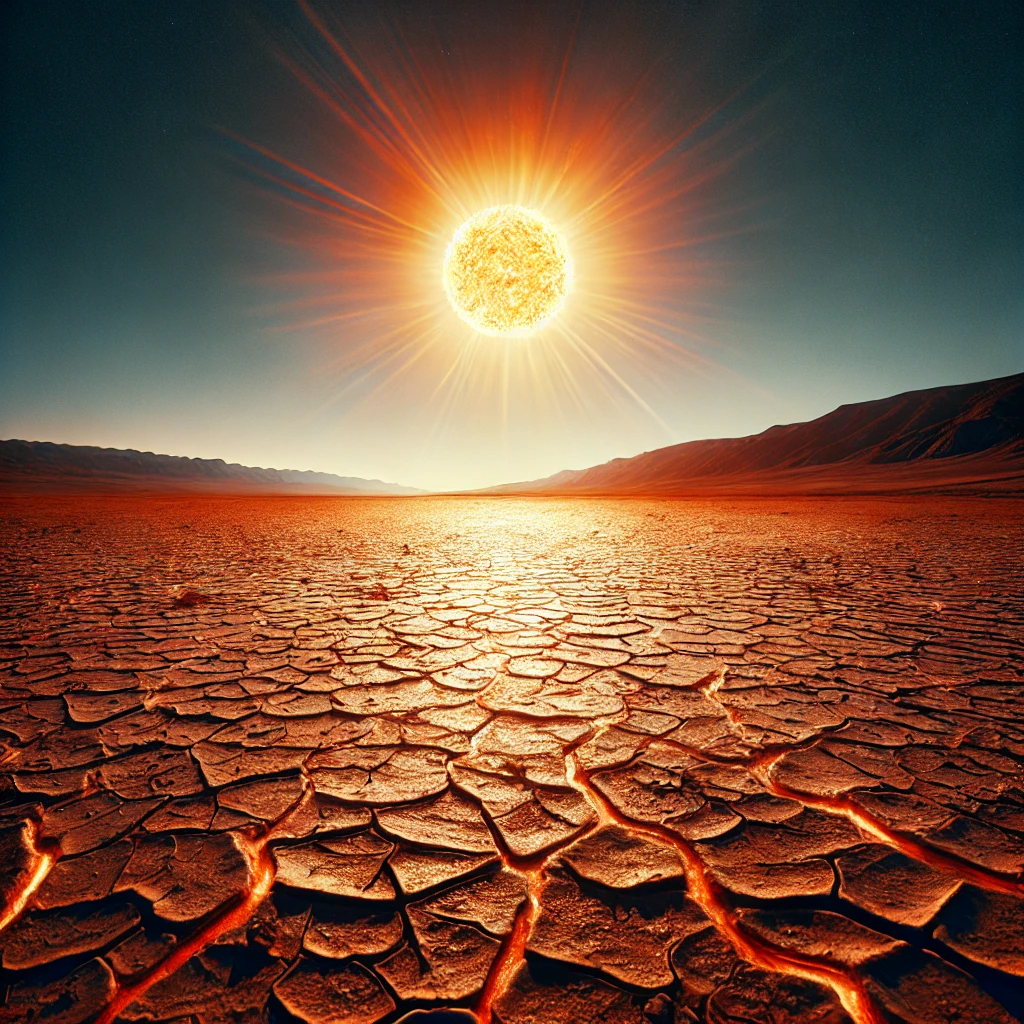A deadly heat wave has shattered temperature records across the Western United States this week, prompting heat warnings and advisories for millions of people and resulting in at least five deaths. Among the victims was a motorcyclist who succumbed to heat exposure in California’s Death Valley. The extreme weather has left dozens of others hospitalized as temperatures soared to unprecedented levels.
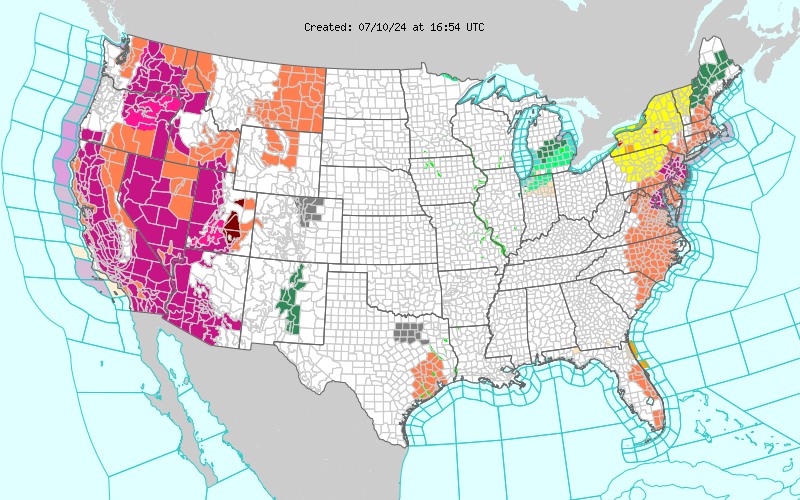
The National Weather Service reported that about 36 million people, roughly 10% of the U.S. population, were under an excessive-heat warning on Monday. Additionally, more than 146 million people faced extreme-heat advisories, watches, or warnings. This widespread heat wave has created dangerous conditions, particularly for vulnerable populations.
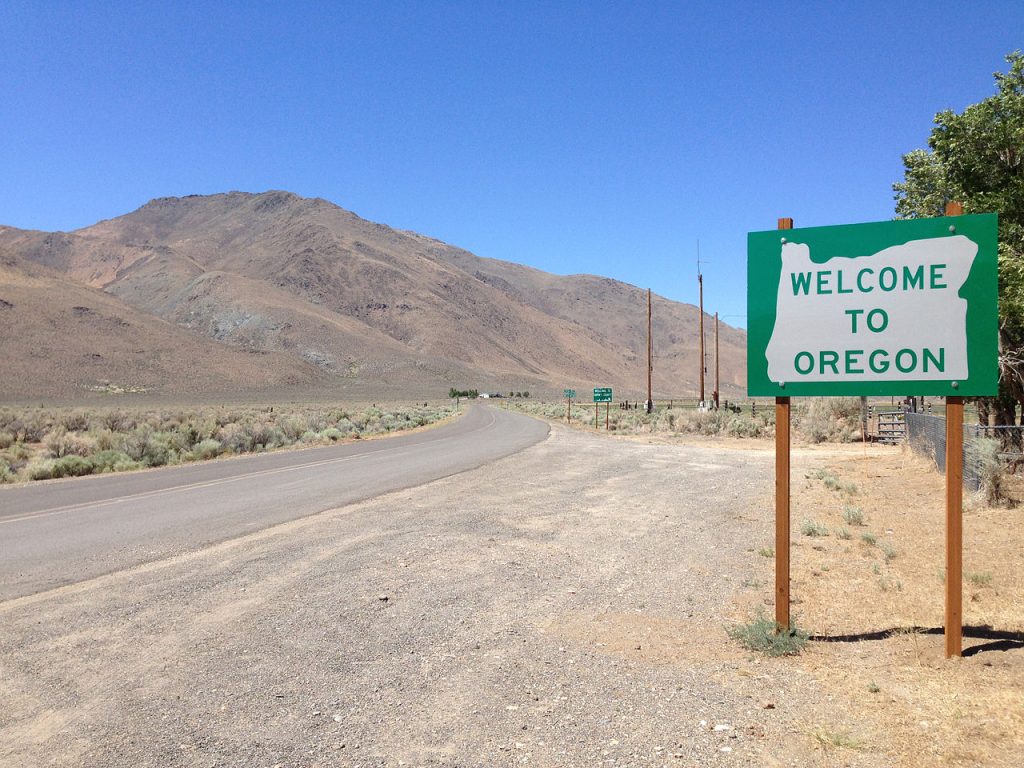
In Oregon, the intense heat is suspected to have caused at least four deaths between Friday and Monday in the Portland area. Multnomah County health officials reported that three men were found dead outside, while a 33-year-old man died at a Portland hospital from a suspected heat-related illness. These incidents highlight the severe impact of the heat wave on human health.

Nevada has also experienced record-breaking temperatures, with Las Vegas reaching a high of 120 degrees on Sunday. Nearly two dozen people were treated at a local burn center for pavement burns last month, with more continuing to be admitted daily. Dr. Syed Saquib, director of University Medical Center’s Lions Burn Care Center, explained that pavement temperatures can be up to 40 degrees warmer than the air, causing second-degree burns in seconds. People were flocking to the cities water parks to beat the heat.

In Arizona, Phoenix set a new daily record for the warmest low temperature, never dropping below 92 degrees. Heat-related deaths in the Phoenix area are mounting, with at least 13 confirmed in Maricopa County this year. An additional 160 deaths suspected to be heat-related are under investigation. This situation underscores the ongoing danger posed by extreme heat in the region.
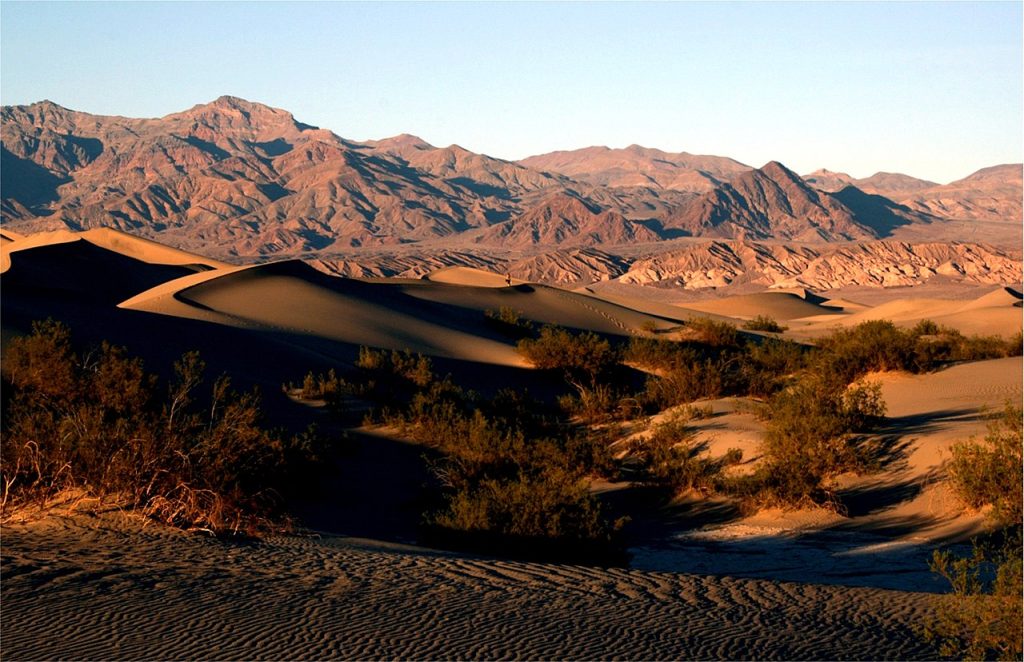
California’s Death Valley, known for its extreme temperatures, recorded highs of 127 degrees on Friday, 128 on Saturday, and 129 on Sunday. A motorcyclist died over the weekend from heat exposure, and another person was treated for severe heat illness. Despite the risks, tourists continue to visit the park to experience the extreme heat. Mike Reynolds, the park’s superintendent, urged visitors to avoid prolonged periods outside air-conditioned environments.
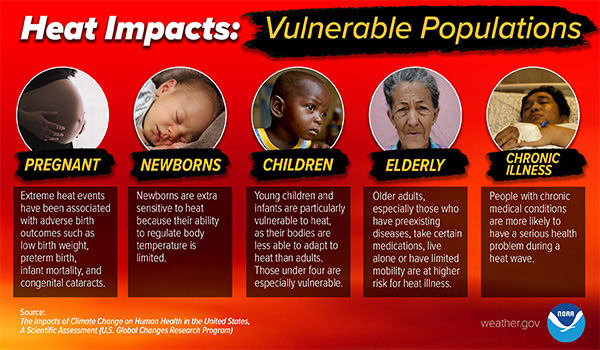
The heat wave currently affecting millions in the West shows no signs of dissipating. Excessive-heat warnings are expected to remain in effect through the rest of the week across most western states, with more record high temperatures anticipated. The National Weather Service has emphasized the persistence of the high-pressure system anchoring the record heat, which is unlikely to change soon.
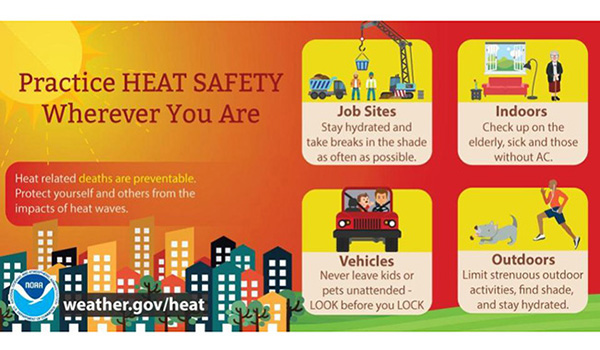
Nearly all of Washington state, Oregon, California, Idaho, Nevada, and western Arizona are under excessive-heat warnings, watches, and advisories. The weather service predicts numerous record high temperatures in these areas over the coming days, with highs ranging from 10 to 30 degrees above average. Record warm overnight temperatures are also expected, adding to the stress on those without adequate cooling and hydration.
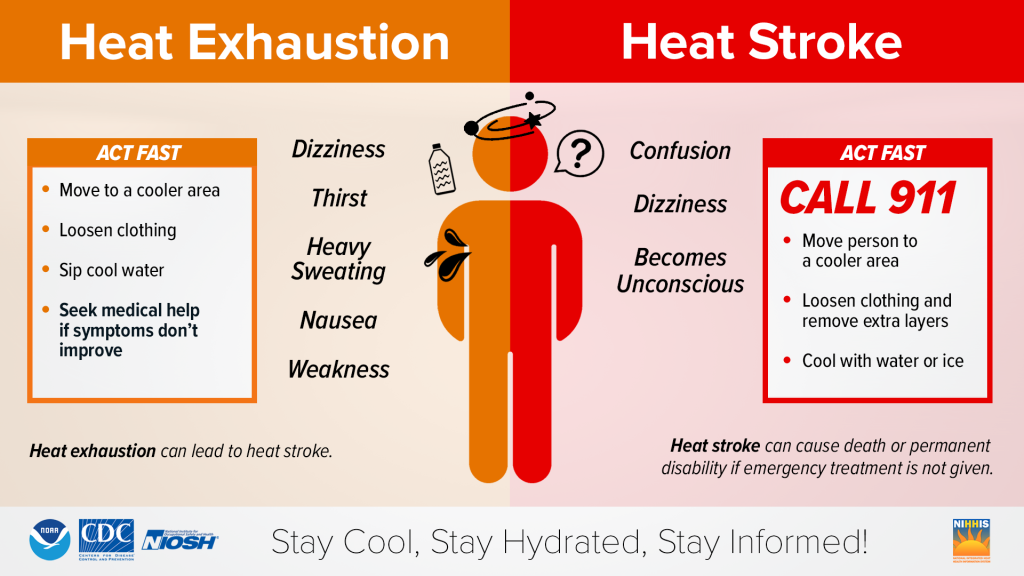
Forecasters are urging people to drink plenty of fluids, take extra precautions when outside, and seek air-conditioned environments whenever possible. They also recommend checking on relatives and neighbors and never leaving young children and pets in unattended vehicles, as car interiors can reach lethal temperatures in minutes.
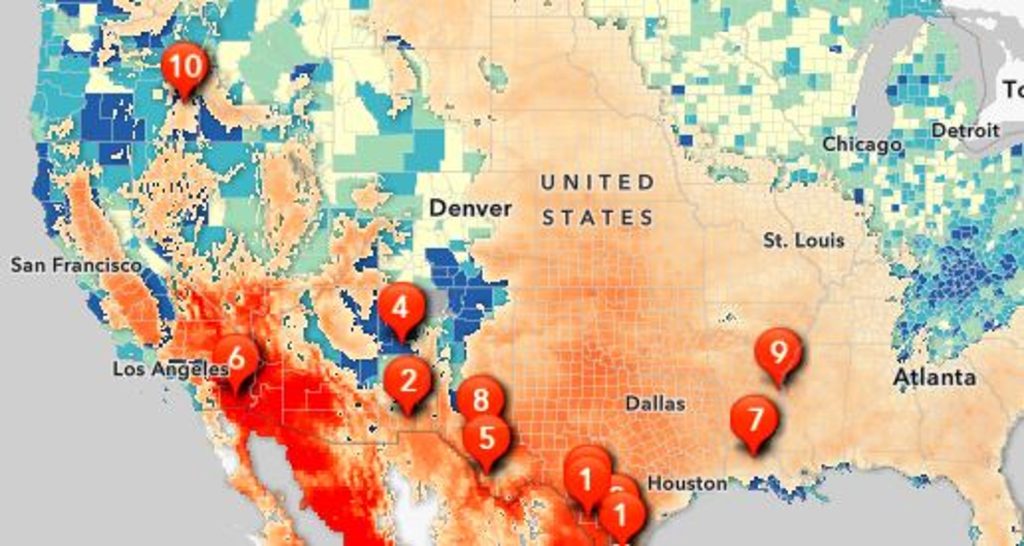
This heat wave has highlighted the critical need for awareness and preparedness in dealing with extreme temperatures. As the record-breaking heat persists, communities across the West must remain vigilant and take necessary measures to protect themselves and those around them.

